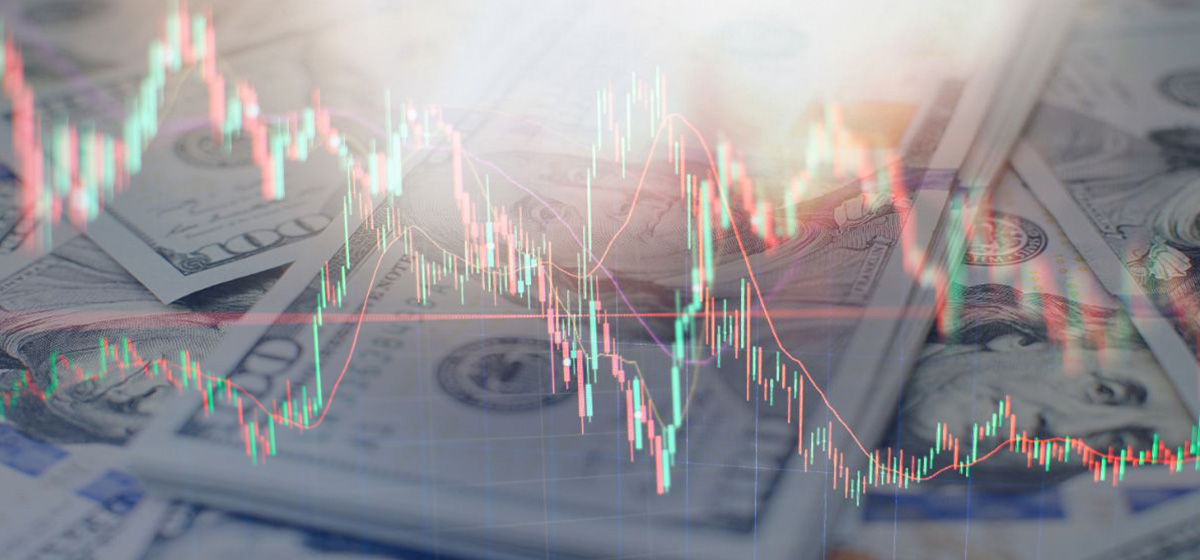The term “dividend” refers to payment made by companies to shareholders. Payments made by companies to shareholders are taken from the profits earned by companies in the course of their business activities. A part of the profits earned by companies in the course of their business activities tends to be distributed as dividends to shareholders. The dividends paid to shareholders take various forms. The various forms that the dividends paid to shareholders take include cash payments and payments in company stock.
What is a Dividend?
A dividend is a payment made by a company to its shareholders. Dividends represent one of the main benefits that owners of company stock receive. The dividends that owners of company stock receive vary over time. The variations in the dividends that owners of a company’s stock received from the company occur in relation to the profit that companies take in from their business activities. Companies take in profit during some periods and undergo losses in other periods. The profits and losses that companies take in and undergo are reflected in the dividend payments that shareholders receive.
What is the Importance of Dividends?
The importance of dividends is that they are a principal benefit that shareholders expect to receive from their ownership of stock in a company. Companies that pay a high percentage of their profits to shareholders in the form of dividends make for popular investments. Dividends also reflect the success of companies. When companies are very profitable, they distribute more assets to shareholders in the form of dividends. When companies make little profit or undergo losses, they pay little or nothing in the form of dividends. Dividend payments over time can be used as an indication of the financial health of a company.
How do Dividends Work?
Dividends work by distributing assets to people who own shares in a given company. Successful companies make profits. The success of companies that make profits is partially owed to the investors who invested their money in the companies by purchasing stock. Successful companies show their gratitude to their investors by distributing profits in the form of dividends. The dividends that companies pay may then attract further investment from investors who want to receive the dividends, and who view the high dividends paid by successful companies as indicators of the financial health of said companies.
How are Dividends Determined?
Dividends are determined on a per-share basis. A company announces a dividend of $1.00 per share, for example. An investor who owns 1,000 shares in that company will receive $1,000 in dividends. Another company announces a dividend of .1 shares per share. An investor who owns 1,000 shares in this company will receive 100 additional shares.
How are Dividends Approved?
Dividends are approved by companies’ boards of directors. Companies’ boards of directors approve dividends by determining the percentage of profits that will be paid to shareholders. The percentage of profits to be paid to shareholders approved by a company’s board of directors will vary from one period to the next. The variations in the percentage of profits to be paid to shareholders approved by a company’s board of directors from one period to the next occur relative to the level of profit that that company brings in. When the company brings in higher levels of profit, it may approve higher dividend amounts. When the company brings in lower levels of profit or suffers losses, it will tend to approve lower dividend amounts.
When are Dividends Paid?
Dividends are paid at regular intervals. The regular intervals at which dividends are paid vary from company to company. One company may pay dividends on an annual basis. Another company may pay dividends on a quarterly basis. Yet another company may pay dividends on a monthly basis. The intervals at which companies pay dividends to their shareholders are determined by companies’ boards of directors.
Why do Businesses Pay Dividends?
Businesses pay dividends to attract investors. Investors are attracted to businesses that pay high dividends. Dividends represent a regular monetary benefit from owning shares in companies. Dividends can also be good indicators of the health of companies. Investors invest in companies that pay high dividends on a regular basis.
What are the Companies that Pay Dividends?
The following is a list of the companies that pay dividends.
- The companies that pay dividends are profitable companies. Profitable companies pay dividends by paying out a portion of their profits to their shareholders.
- Unprofitable companies do not pay dividends. Unprofitable companies’ zero profit cannot be distributed to their shareholders.
- New, expanding, or unprofitable companies are less likely to pay dividends. Companies may prefer to use the profits they make in ways that will increase the success of their business. Profits paid as dividends are profits not used for research and development or expansion, for example.
How Frequently are Dividends Paid to Shareholders?
The frequency of dividend payments to shareholders is determined at regular intervals. The regular intervals at which dividend payments are made to shareholders are determined by companies’ boards of directors. Dividend payments may be made on an annual basis, a quarterly basis, or a monthly basis, for example. Dividend payments are made each year when dividend payments are made on an annual basis. Dividend payments are made each month when dividend payments are made on a monthly basis.
What are the Dates of Importance for Dividends?
There are several important dates for dividends. One important date for dividends is the ex-dividend date. The ex-dividend date is the date by which ownership of shares is considered eligible for dividends. Investors who own shares prior to the ex-dividend rate are paid dividends. The payment date is the day when a company sends out its dividend to its investors. The declaration date is the day when a company announces the size of its dividend for the period under consideration.
What are the Types of Dividends?
The following table displays three common types of dividends.
| Cash Dividend | Stock Dividend | Property Dividend |
| A portion of a company’s profit is paid to investors in the form of cash | A portion of a company’s profits are paid to investors in the form of stock | A portion of a company’s profits are paid to investors in the form of shares in an item of the company’s property |
| The dividend is expressed as the number of dollars per share | The dividend is expressed as the number of stocks per share | The dividend is expressed with reference to the dollar value of the property |
| A company pays a dividend of $1.00 per share. An investor owning 100 shares receives $100 | A company pays a dividend of .1 shares per share. An investor owning 100 shares receives 10 shares | A company pays a dividend of shares in its assets. The dollar value of the assets is divided on a per-share basis among the company’s shareholders |
How do Dividends Affect Stock Prices?
Dividends affect stock prices by lowering them in the short term and raising them in the long term. A company’s stock price falls after it pays a dividend. The fall in a company’s stock price after it pays a dividend reflects the decreased monetary value of the company. The payment of dividends attracts investors over the long term. The attraction of investors over the long-term causes companies’ stocks to rise.
Are Dividends Treated as an Expense?
No, dividends are not treated as an expense. Dividends are not recorded as expenses on a company’s balance sheet. Dividends are recorded on a company’s balance sheet as distributions of the company’s profits. Dividend payments are recorded in the section of the company’s documents regarding shareholder equity. Changes in shareholder equity are not recorded as expenses because changes in shareholder equity are not reflective of a company’s day-to-day business.



